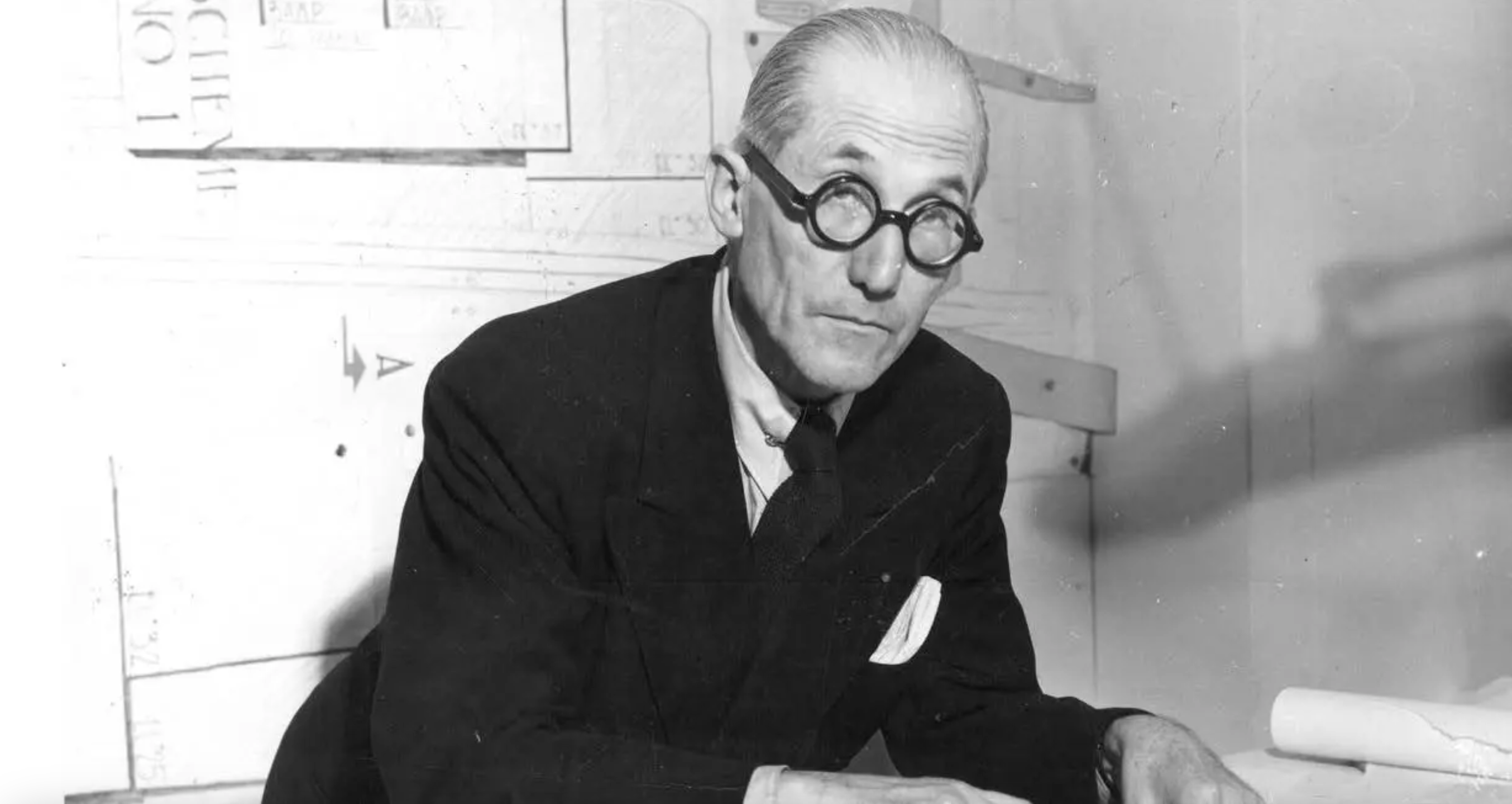Le Corbusier, born to Georges-Edouard Jeanneret—a watch engraver and enameller—and Marie Charlotte Amélie Jeanneret-Perret, a musician, was a visionary polymath. Architect, urban planner, sculptor, painter, designer, and writer, he shaped projects on a global scale.
Throughout his life, he traveled extensively, drawing inspiration from the cultures and techniques he encountered. These journeys informed the artistic, architectural, and urban principles that became central to his work.
As a leading figure of the modern movement, Le Corbusier introduced groundbreaking ideas such as functionalism, purism, and the integration of nature with architecture. He defined modern architecture through his "Five Points": pilotis (supporting columns), the ribbon window, the free floor plan, the free façade, and the roof terrace—concepts he applied in his most iconic projects.
Le Corbusier passed away on August 27, 1965, in Roquebrune-Cap-Martin, while swimming in the Mediterranean Sea.

